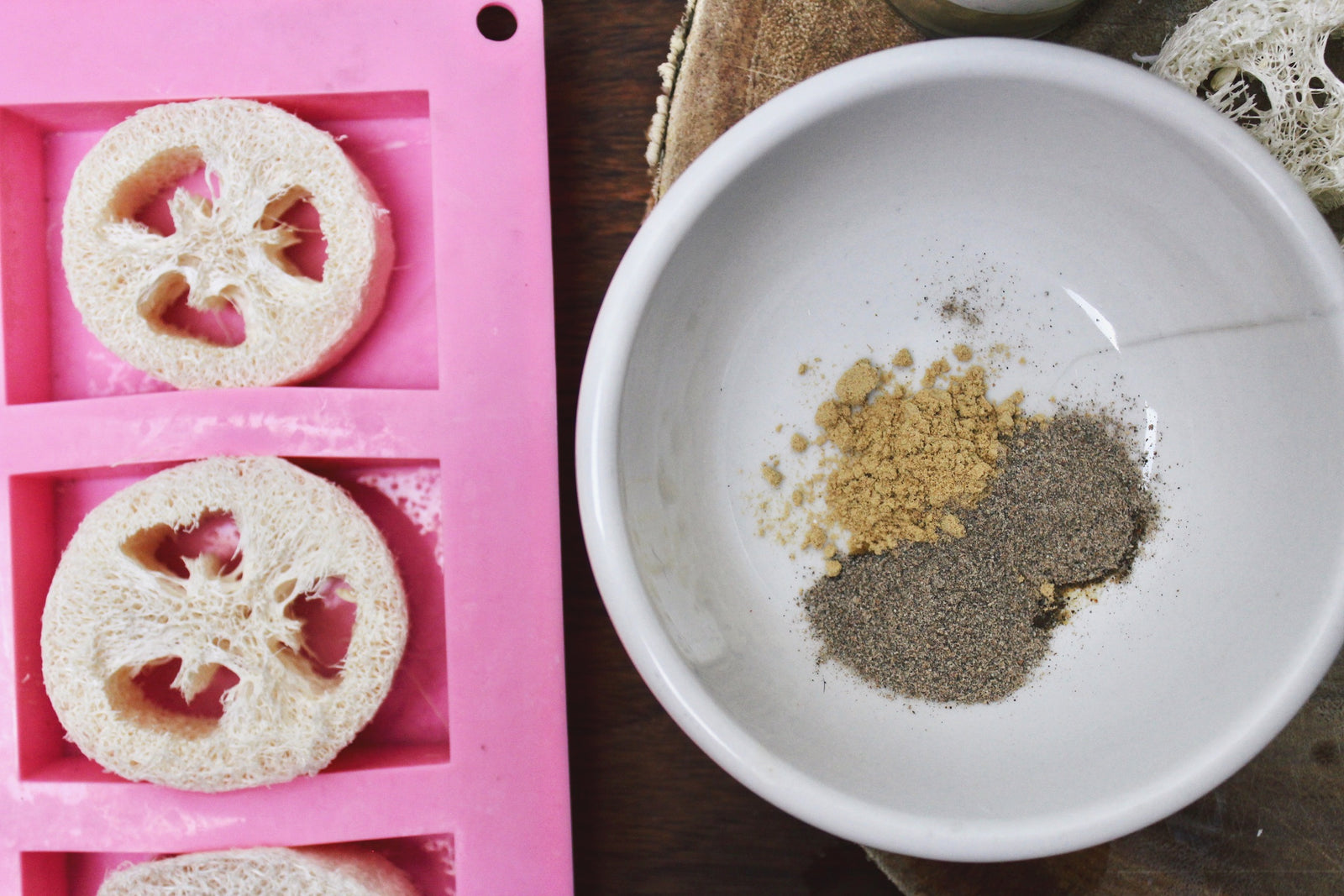Essential oils have gained immense popularity in recent years due to their therapeutic benefits and aromatic qualities.
However, using essential oils in their undiluted form can be harmful to the skin and may cause irritation.
Diluting essential oils with a carrier oil, such as coconut oil, is a safe and effective way to make them suitable for topical application.
In this article, we will explore the importance of dilution, the benefits of coconut oil as a carrier, and a step-by-step guide on how to properly dilute essential oils with coconut oil.
The Importance of Dilution
Essential oils are highly concentrated extracts derived from various plants and possess potent properties. When applied directly to the skin, undiluted essential oils can cause skin sensitization, irritation, or even burns. Dilution is crucial as it helps to reduce the intensity of the essential oil, making it safer to use on the skin, while still retaining its therapeutic effects.
Benefits of Coconut Oil as a Carrier
Coconut oil is an excellent choice for diluting essential oils due to its unique properties:
-
Skin-Friendly: Coconut oil is known for its skin-loving properties. It is gentle on the skin, making it suitable for all skin types, including sensitive skin.
-
Moisturizing: Coconut oil is a natural emollient that can help retain moisture in the skin, preventing dryness and promoting softness.
-
Antimicrobial Properties: Coconut oil has natural antimicrobial properties that can aid in protecting the skin from infections.
-
Absorption: Coconut oil is readily absorbed by the skin, allowing the essential oils to penetrate effectively.
Step-by-Step Guide to Diluting Essential Oils with Coconut Oil
Follow these simple steps to ensure safe and proper dilution of essential oils with coconut oil:
Step 1: Choose High-Quality Essential Oils
Select high-quality, pure essential oils from reputable brands. Look for oils that have been tested for authenticity and labeled as "100% pure" or "therapeutic grade."
Step 2: Choose the Right Carrier Oil
Coconut oil comes in various forms: solid, liquid, and fractionated. For easier mixing and application, it is advisable to use liquid coconut oil or fractionated coconut oil. Fractionated coconut oil is always in liquid form and has a longer shelf life.
Step 3: Determine the Dilution Ratio
The ideal dilution ratio for essential oils in coconut oil is generally 1-3%. Here's a simple formula to calculate the number of essential oil drops needed for your desired dilution:
Total drops of diluted oil = (Total ml of carrier oil) × (Dilution percentage in decimal) / 0.25
For example, if you have 30 ml of coconut oil and want a 2% dilution, the formula would be:
Total drops of diluted oil = 30 ml × 0.02 / 0.25 = 2.4 drops
Since you can't use a fraction of a drop, you can round down to 2 drops of essential oil for this particular dilution.
Step 4: Mix the Oils
Add the calculated number of essential oil drops to the coconut oil. Use a glass container to mix the oils thoroughly. A dark-colored glass bottle with a dropper cap is ideal for storage and application.
Step 5: Conduct a Patch Test
Before applying the diluted essential oil to a larger area, perform a patch test on a small area of skin to check for any allergic reactions or irritation.
Step 6: Store Properly
Store your diluted essential oil mixture in a cool, dark place, away from direct sunlight. Proper storage will help maintain the oil's potency and effectiveness.
Conclusion
Diluting essential oils with coconut oil is a safe and straightforward process that allows you to harness the therapeutic benefits of essential oils while safeguarding your skin.
Remember to always choose high-quality oils, calculate the appropriate dilution ratio, and perform a patch test before applying the mixture to a larger area.
With these simple steps, you can enjoy the natural goodness of essential oils with the added benefits of coconut oil for a truly holistic and soothing experience.








Leave a comment (all fields required)